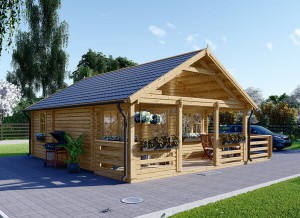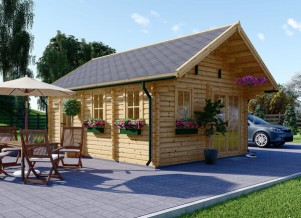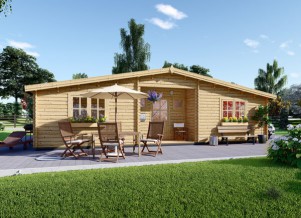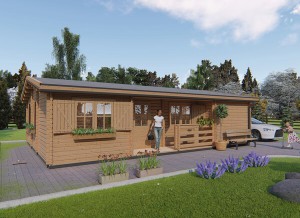Are you thinking of adding a stroll garden to enhance the appearance of your home? These Japanese gardens are ideal for people who love being in nature. Taking walks has proven to be one of the easiest ways to ease thoughts in one’s mind. It is through such activities that you can reflect on your past, present, and future. At the end of such a walk, you should feel refreshed and eager to take on what’s ahead. It is not surprising therefore that many people have taken up stroll gardens around their log cabins.
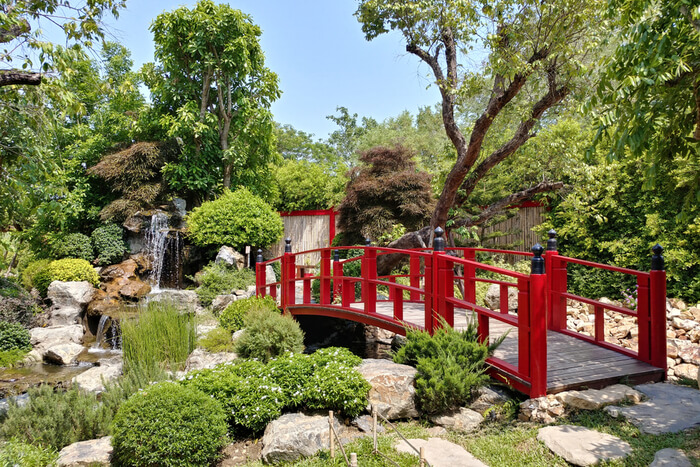
When designing a stroll garden, the emphasis should be on the path. Your space should be ample such that you can walk around for a while before getting to the end. In the middle there should be a pond surrounded by one or more paths. Here, you can take a rest as you ponder upon your next move. Should you invest in that new company? Should you encourage your friend in a decision that you do not support? Are you ready to get married? These and more are some of the questions which might be running through your mind. And here you will get the answer which you seek.
Your visitors can also have fun in this garden as they too can take strolls. Not only will these walks aid them in keeping fit, they will also help them feel better at the end of these activities.
The Origin
When did these gardens come to be? Early records show that stroll gardens came to be in Japan in the seventeenth century. After the medieval period, there was a restriction regarding movement across the country. The lords were unable to travel as much as they wished. They thus created these gardens as a form of traveling; they put up different features in the gardens which were a show of what was in other parts of the country. Visitors to these spaces would see these scenes and would get a reminder of what was out there. The gardens featured stories based on what the lords had seen and what people brought with them from lands faraway.
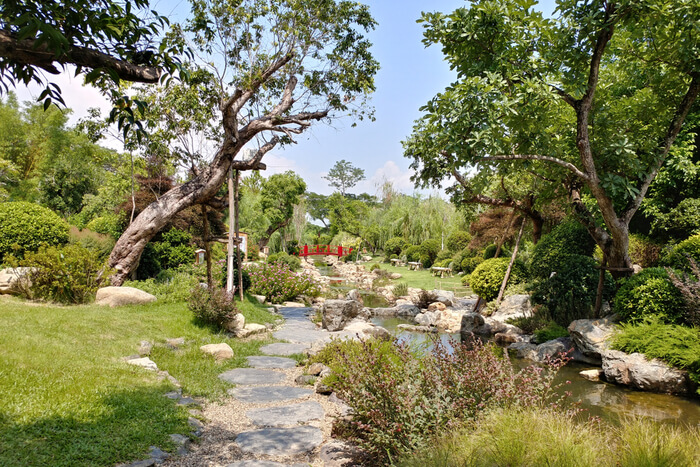
Most of the features were natural landscapes such as mountains and rivers. Bridges such as those near Kyoto were also part of the setup. The design could be as limited as one wanted or it could be quite the eye-catcher. One stroll garden designer went on to reconstruct an entire town to the delight of his visitors. Some of them may never have had the chance to see this town, save for the garden. Some designers incorporated Chinese scenes alongside the Japanese ones to broaden the scope. Over time, people got very creative in their creations, and stroll gardens became bigger and more symbolic.
Thus, taking a stroll through these gardens was a journey of time and space. Visitors to the garden could take a look at what had been, what was, and what could be. Walking through a stroll garden does not make you look inward, but rather, it allows you to focus on what is around you.
Designing the Garden
These gardens work best for people with extensive gardens. If you like, you can create these spaces around log cabins for a calming effect. When doing so, you should create a bamboo path, and along this route you should depict several scenes. The scenes can be anything that you want, and there is no restriction as to what you can have. As long as they allow you and other visitors to the garden to experience an outward journey, you will fulfill the purpose of this garden.
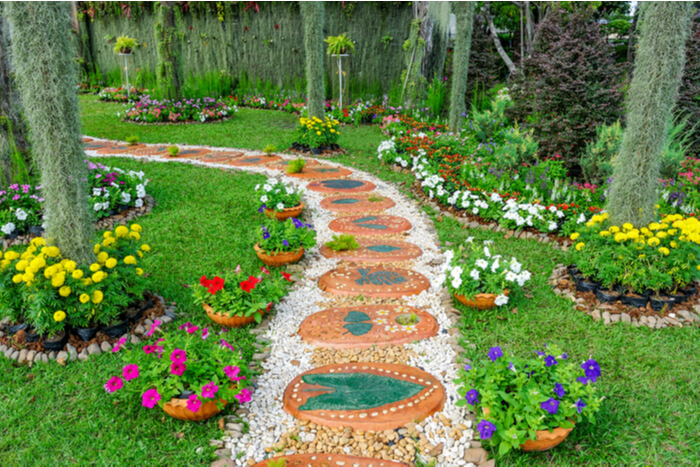
A good idea in this case would be to show what surrounds your home. Suppose you live in an area with a thriving natural environment featuring flora, this is something that you can highlight. In Japanese stroll gardens you will note that there is an emphasis on what exists in their surroundings. As such, you will find mountains, meadows, and oceans depicted in the scenes. The essence is not to be obvious but to work with the concept behind the gardens. You should recreate famous landscapes in your country, focusing on their fundamental points. However, note that this is a guide and that you are free to let your imagination run free.
Or you could go with something that speaks to your culture. Here, you can have scenes that show the evolution of a people, and in this way people could traverse through time.
At the center of the garden, you should have a water feature which will serve as the central element. It could be a pond or a lake.
Paths
The paths you create will affect how fast one moves through the garden as well as how comfortable they are. You should thus choose a design that meanders through the outdoors, creating the illusion of a long journey. Additionally, the materials on the surface should be soft such that you feel comfortable walking through the garden. Good examples of materials include planks, gravel, and pebbles. You can also use several materials in the garden to create pauses in some areas. A good example would be to have stepping stones where paths meet. In this way, a person would step from one rock to the other and take a break to see what surrounds them.
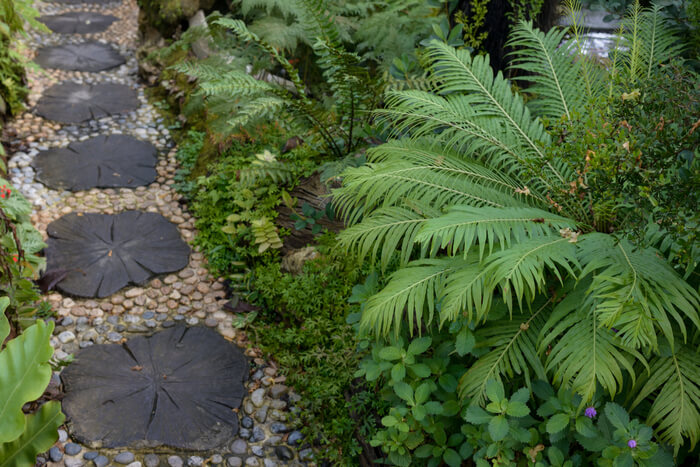
Where the land is flat, creating some hills will add to the journey effect, making the garden all the more traditional. You can involve a professional for this or you can pack the dirt yourself. However, where you need to create a pond, having help is essential as you will dig out a massive chunk of land.
You could also add decorative features along the path, such as fountains and flowering plants. Though these gardens are natural and they blend in with the environment, having some color in place will not hurt.
Achieving an ideal stroll garden comes down to prior planning. Thus, start by envisioning the setup and sketching it. With this, you can make adjustments as is necessary before you get down to work. All the best!

